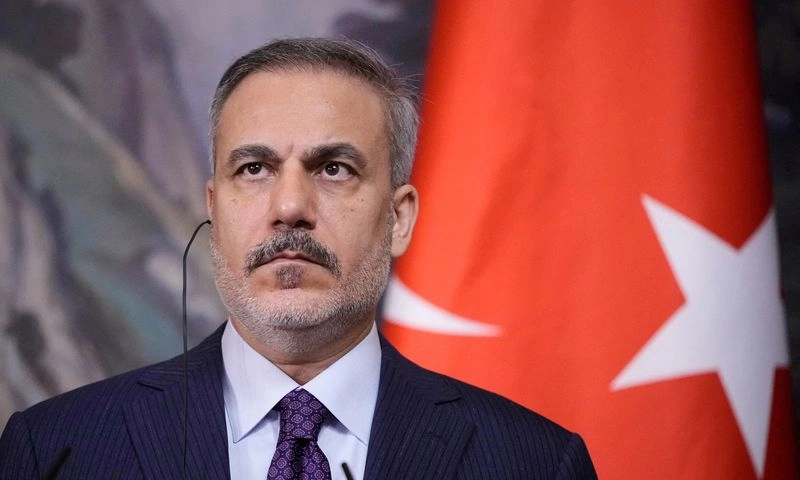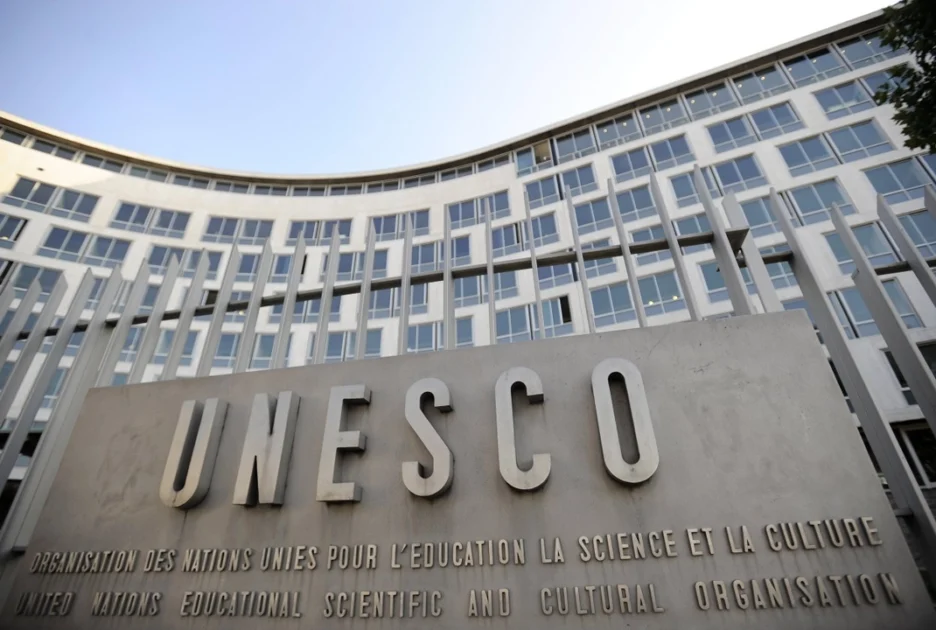- Reuters
- 58 Minutes ago

Rural India’s economic distress poses post-election challenge
-
- Reuters
- May 24, 2024

BANDA: At home in one of India’s poorest districts, 35-year-old Vandana has been trying to come up with new ways to cook potatoes – the only food she has been able to buy for months as pulses and vegetables become an occasional treat.
At least 4 killed in building collapse in Balearic Islands, Spain
Vandana’s husband, who works as a construction labourer in Delhi, used to be able to send her 3,000-4,000 rupees ($36-$48) each month, but that has been much harder over the last five years, she told the Thomson Reuters Foundation in her village in Banda in northern India, which voted on May 20 in the country’s ongoing election.
The 200 residents of Vandana’s village, like millions of others, are struggling with an economic slowdown in rural India, which stands in stark contrast to the country’s spectacular economic growth and the prosperity of its urban population.
Rural areas are home to 60 per cent of India’s 1.4 billion people, making tough economic conditions in the countryside a key issue as voters choose the nation’s next government. Results are due by June 4, with exit polls showing the ruling Bharatiya Janata Party (BJP) on track to win a rare third term.
Once the mammoth voting exercise is finished, the new government will need to tackle unemployment, stagnant wages and losses linked to climate change in the countryside, said Benoy Peter, executive director of Centre for Migration and Inclusive Development (CMID), an India-based non-profit.
UN commemorates 1995 Bosnian genocide in Srebrenica
“Rural parts of the country are going through an economic distress that all successive governments have miserably failed to address,” Peter said.
Despite world-beating economic growth, India has not been able to create enough work for rural dwellers – many of whom migrate to urban areas in search of jobs.
Recent economic studies have shown that after adjusting for price hikes, real earnings and wages for people working in agriculture, construction, manufacturing and services – which employ most of India’s rural poor – have stagnated in the past five years.
At the same time, debt levels have increased. The average amount of debt among rural households increased from about 32,500 rupees in 2012 to 59,700 in 2018, according to the State Bank of India (SBI).
Iran’s president Ebrahim Raisi laid to rest in hometown of Mashhad
WORK DRIES UP, WAGES FALL
Adding to the distress, inflation in rural areas was higher than in the cities between 2019 and 2024, official data shows, mainly due to the impact of rising prices for food – which accounts for half of rural households’ total spending.
In Banda, which lies in Uttar Pradesh state, the Thomson Reuters Foundation interviewed members of nearly 30 low-income families, many of whom said a lack of regular work, and inflation, was eroding their stagnant or shrinking incomes.
Wages sent home by migrant workers in the cities are one of the main sources of family income in rural India. But since the COVID-19 pandemic, workers say they have been struggling.
In their campaign manifestos, the BJP party of Prime Minister Narendra Modi and the main opposition parties have pledged various measures aimed at easing rural economic hardship – from distributing free food rations to hundreds of millions of families to raising the minimum wage.
But neither side in the election has spelled out how they would tackle climate change losses if elected, Peter said.
“Both parties are silent on how they plan to tackle the loss of livelihoods in rural India due to climate change,” he said.
Senior US official “concerned” about Israel’s threats to cut off Palestinian banks
Villagers in Banda and elsewhere in the wider Bundelkhand region have become increasingly dependent on money sent home from migrant labourers in the cities due to frequent droughts and erratic rainfall linked to climate change.
Agriculture’s gross value added (GVA), a metric of the sector’s economic health, fell to 14.5 per cent in the current financial year from 16.3 per cent in 2021, official data shows.






